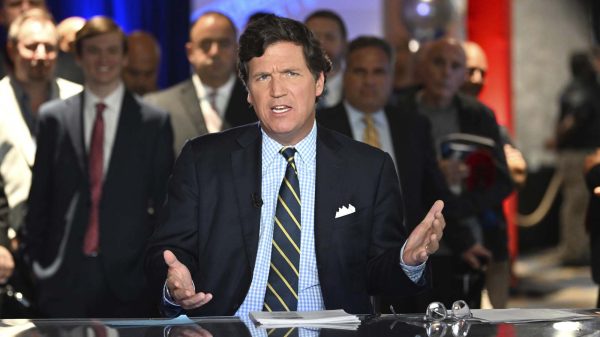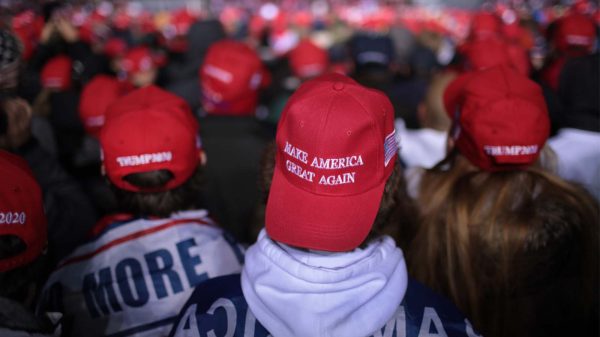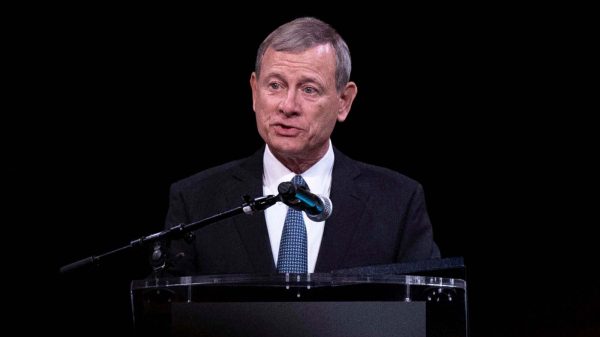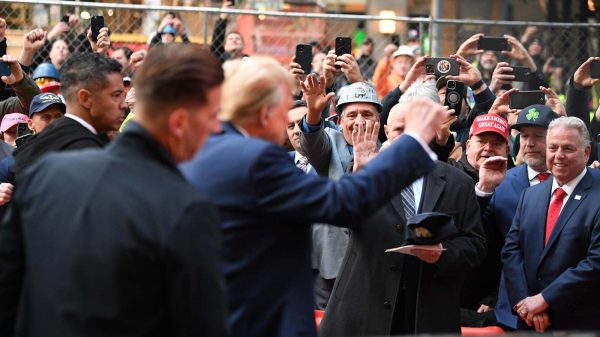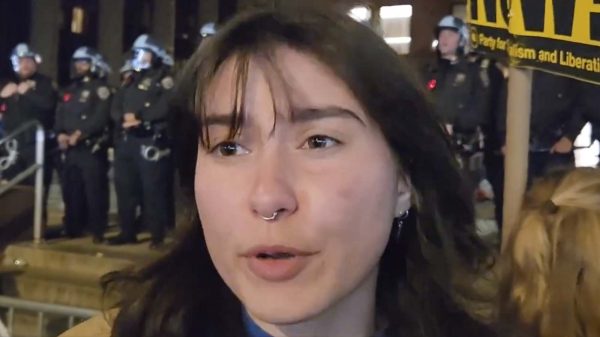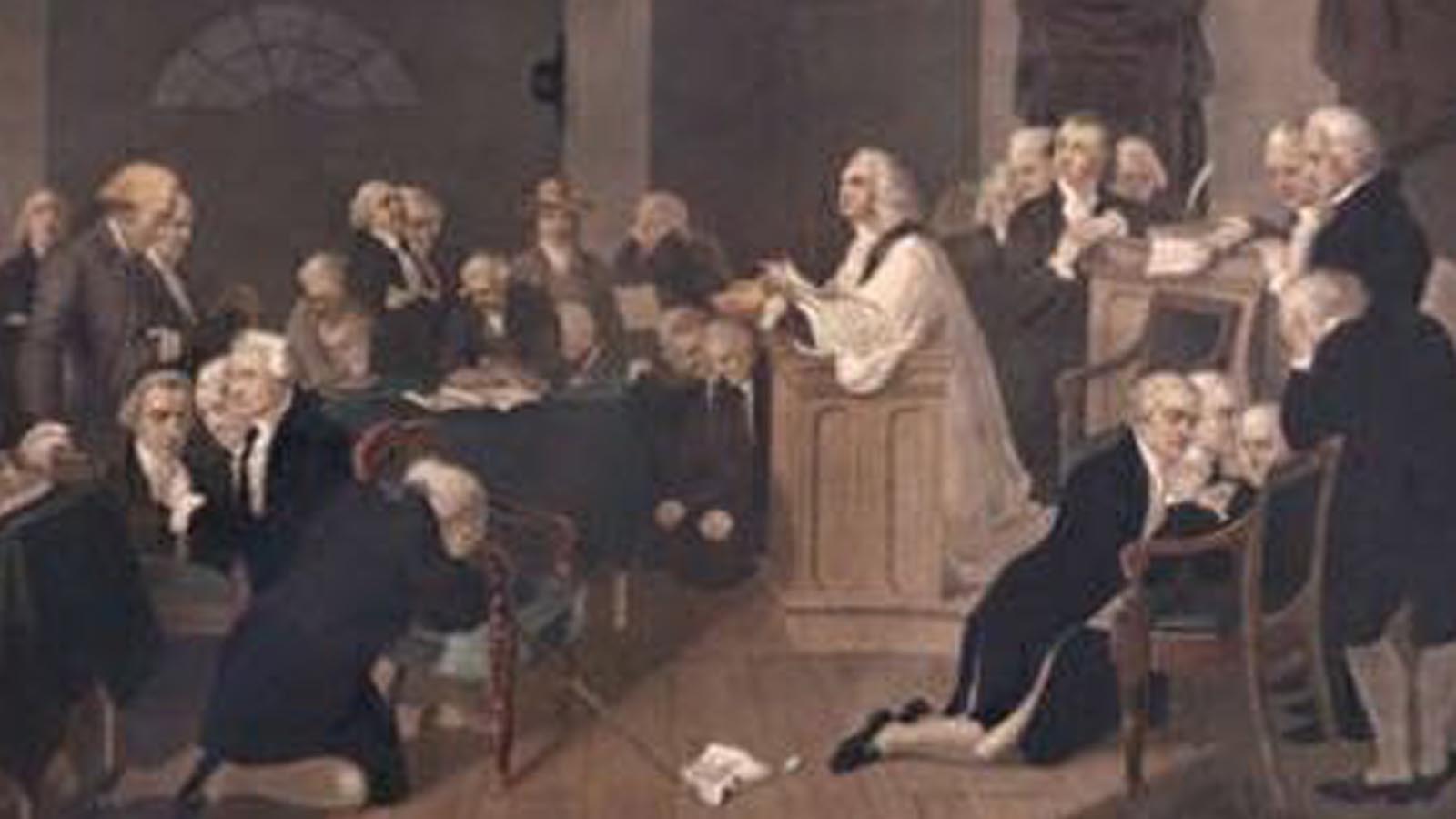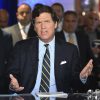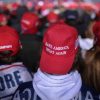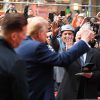On September 5, 1774, the first Continental Congress in the United States met in Philadelphia to consider its reaction to the British government’s restraints on trade and representative government after the Boston Tea Party.
The group of colonial luminaries didn’t meet in Independence Hall (which, at the time, was called the Pennsylvania State House). Instead, delegates selected by colonial legislatures met next door in Carpenters’ Hall, which had just been constructed. The State House was already occupied by the Pennsylvania provincial assembly.
The delegates gathered on the morning of September 5 at Philadelphia’s City Tavern, near Benjamin Franklin’s home. Franklin had remained in England, and he would deliver a petition from the First Congress to King George III in late 1774. The group then walked over to Carpenters’ Hall to inspect the meeting room.
“They took a view of the room, and of the chamber where is an excellent library… The general cry was, that this was a good room, and the question was put, whether we were satisfied with this room? and it passed in the affirmative,” said John Adams.
In all, 56 delegates from 12 colonies came to Philadelphia for the meeting to address the Coercive or Intolerable Acts. The laws were meant as punishment for the activities of the Boston Tea Party, but they affected all colonies. Neither Franklin nor Thomas Jefferson attended, but in addition to Adams, the delegates included Patrick Henry, Roger Sherman, John Jay, John Dickinson, Richard Henry Lee, George Washington, and John Adams’ cousin, Samuel Adams.
Thomas Jefferson’s cousin, Peyton Randolph, was named as the first president of the Continental Congress. Randolph was another prominent Virginia leader and Washington’s close friend.
After about seven weeks of debates, the group agreed to a boycott of British goods within the colonies as a sign of protest, spelled out in the Articles of Association. In addition to the boycott, the Articles called for an end of exports to Great Britain in the following year if the Intolerable Acts weren’t repealed. The First Continental Congress also made plans to convene a second Continental Congress in May 1775 to continue the work started in Philadelphia if the Intolerable Acts remained in force.
A separate document, now called the Declaration and Resolves of the First Continental Congress, stated the group’s objections to the Intolerable Acts, listed the rights of the colonists, and itemized objections to British rule beyond the Intolerable Acts. On October 26, the delegates also crafted a formal petition to King George III. It outlined the grievances of the colonies to the King, but it also didn’t assign blame to him.
Next May, when the Second Continental Congress came back to Philadelphia, it met in the Pennsylvania State House. Violence had broken out in Boston with the battles of Lexington and Concord. Delegates from Georgia joined the Second Continental Congress, as did Franklin and John Hancock. Jefferson arrived to replace Randolph, who was called back to Virginia on political business.
The new Congress became focused on the war effort, just seven months after it had left Carpenters’ Hall hoping for a constructive response from the King and the British government.

